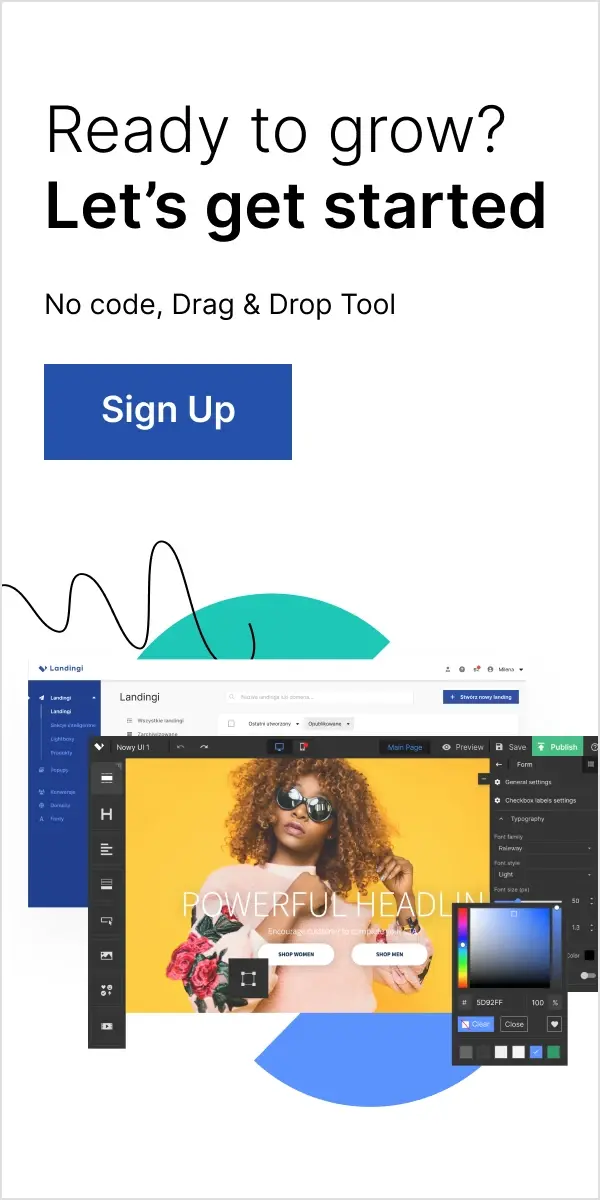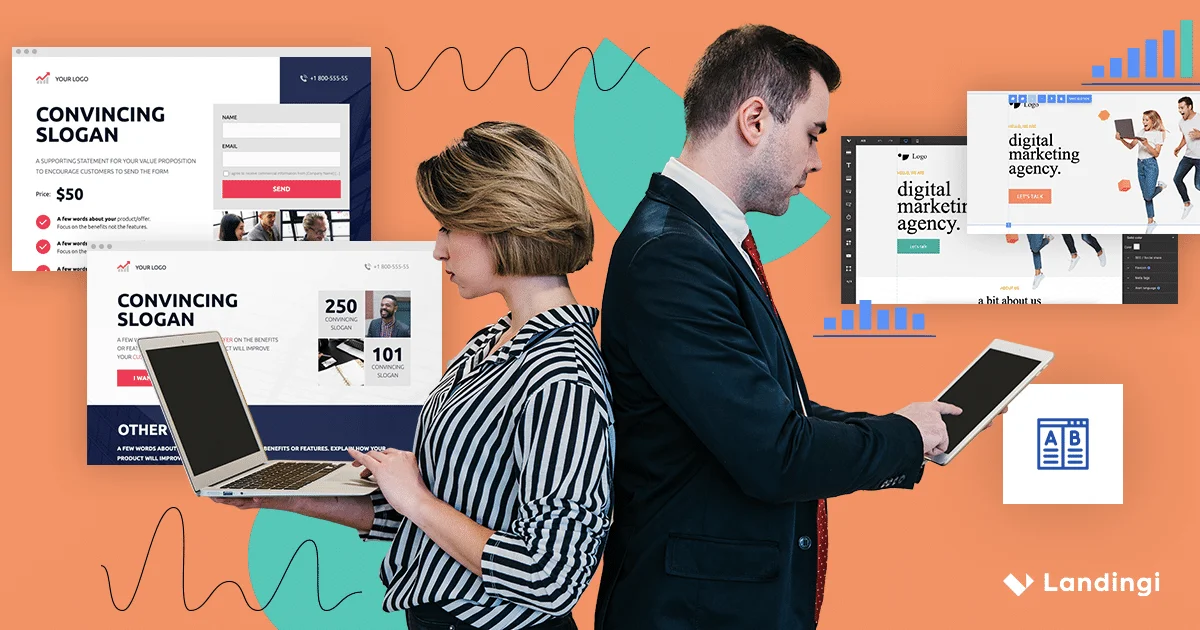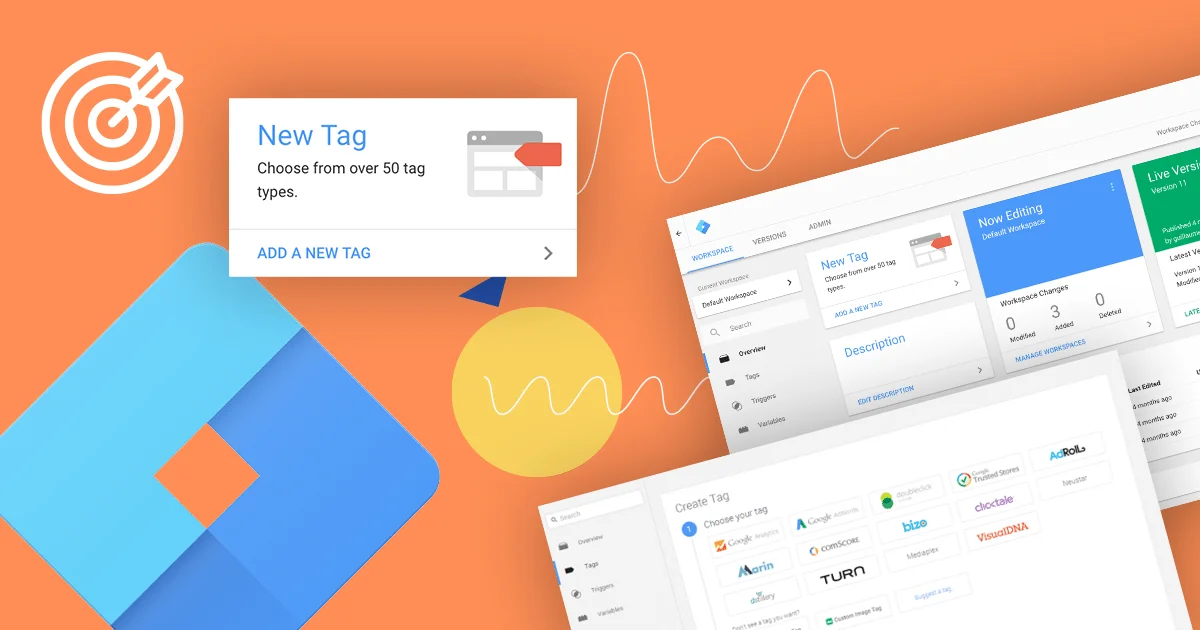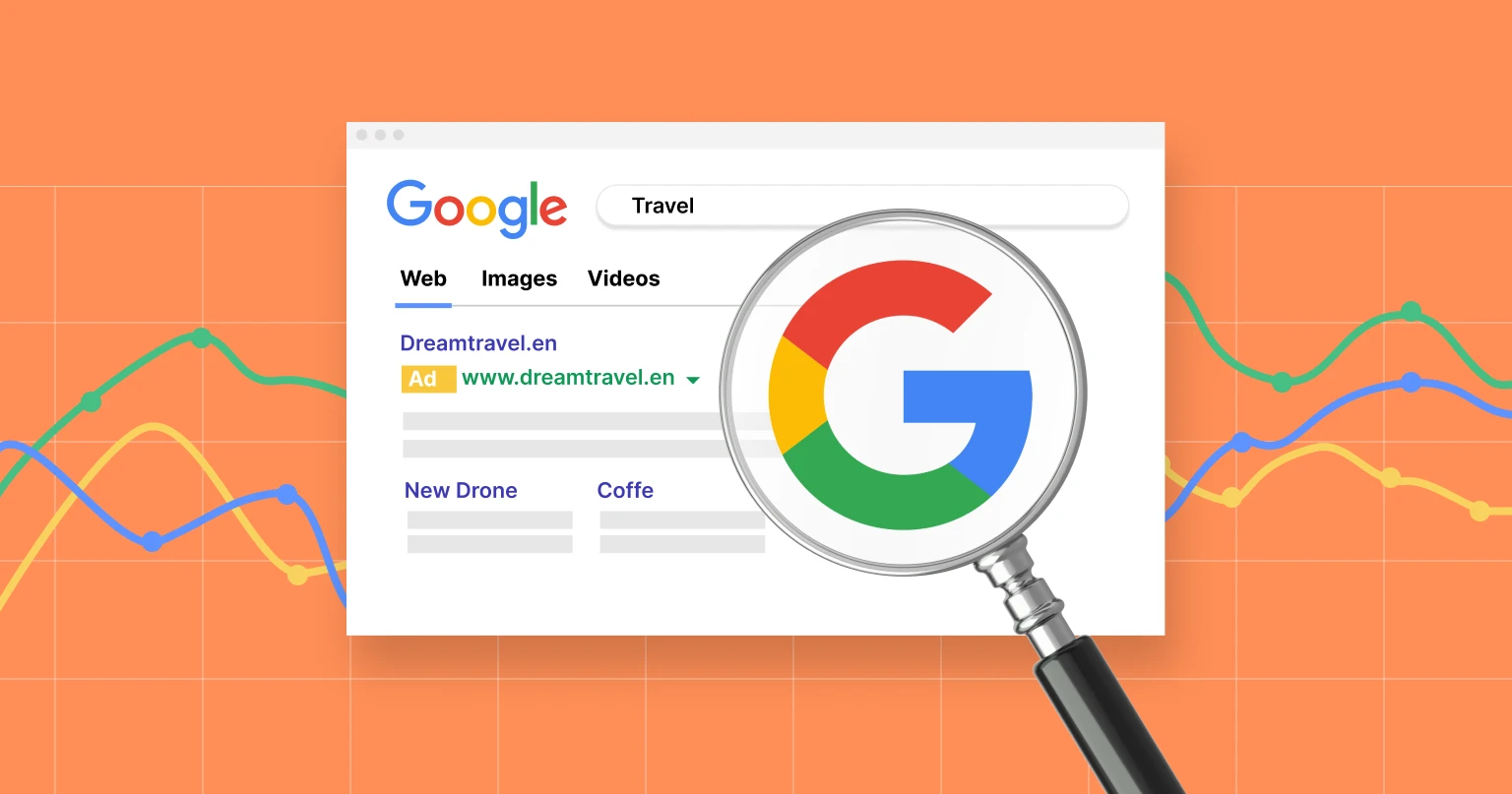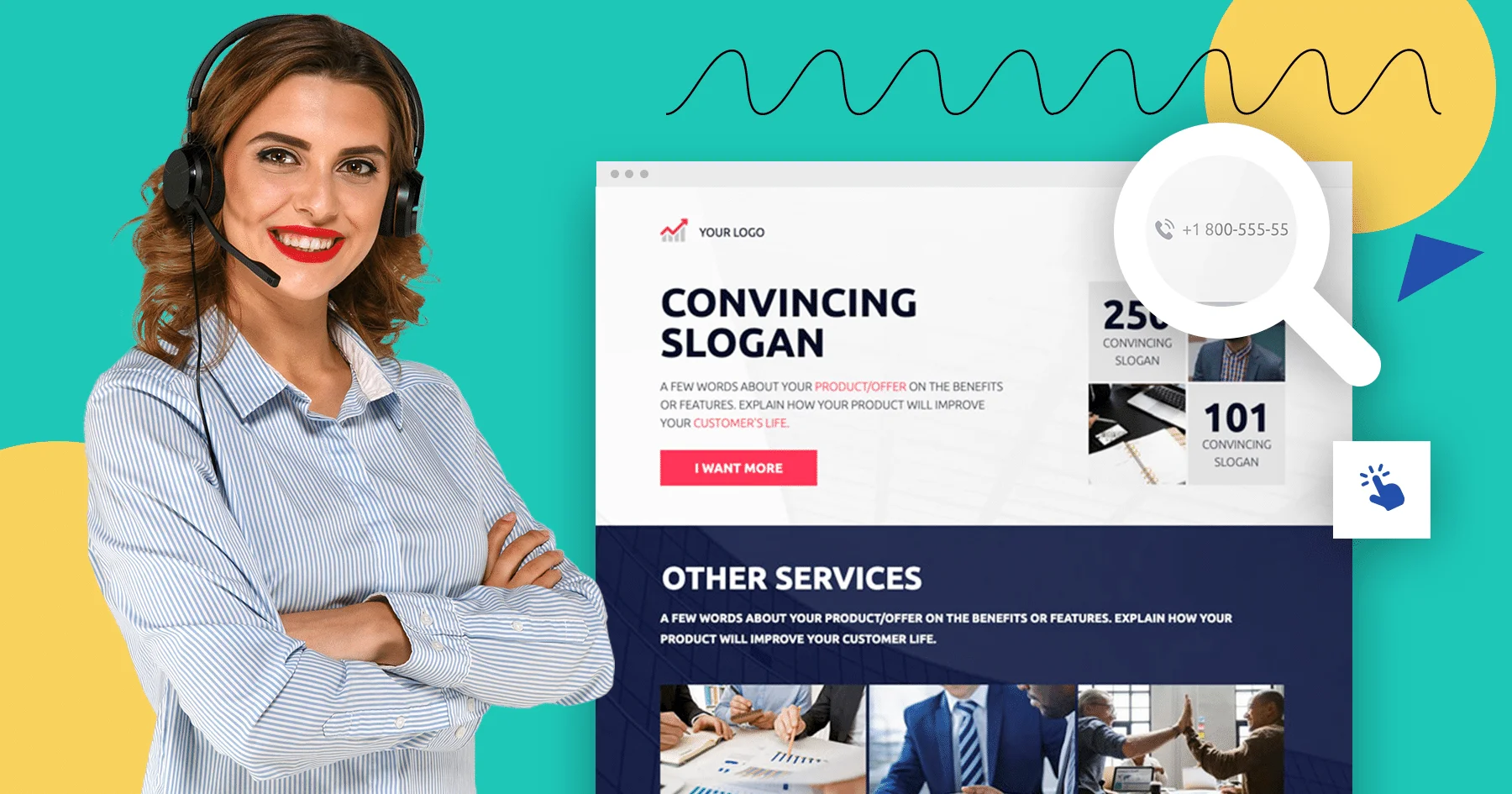If your customers are like most small-to-midsize business owners of the digital age, they spend an awful lot (and we mean A LOT) of time focusing on their homepages… and rightfully so!
A quality homepage is capable of doing many things, including:
- Providing an overview of a business
- Occupying a root domain
- Providing value-driven information
Think about… it makes sense. In the age of information, the homepage acts as a consumer relationship icebreaker for most of today’s value-driven businesses. As a vital gateway to e-commerce, it is an online portal that is literally engineered to transfer value. Not only are homepages typically visited by consumers and potential consumers who are already familiar with a product/service offering (thereby building loyalty), but they can also be used as a navigational point of reference for disseminating high value content (i.e. blog posts, links, social media, etc.).
Yet, for all their great benefits, homepages have one fundamental flaw… they do not convert.
Even worse, if your clients are like most digital age business owners, they tend to overlook the value and importance of today’s not so well kept secret to high conversion:
The Landing Page
Explaining the concept of a landing page to paying clients is no small task. Clients, typically focused on product promotion and growth, tend to have a difficult time comprehending why potential consumers should be purposefully diverted away from a well developed and value-driven homepage. Yet, as most clients are also likely to be engaging in PPC advertising, product promotion, and content creation, they must understand (at least at a basic level) the potential ROI of utilizing landing pages.
If your clients desire to do any of the aforementioned marketing activities (i.e. PPC ads, product promotion, action stimulation, etc.) you will need to clearly advocate the cooperative use of both homepages AND landing pages. To help you facilitate this process, we have put together a list of four talking points that you can easily use to explain the benefits of landing pages to your clients.
Let’s take a look!

Talking Point #1 – PPC and Avoiding Waste

It is important to remind clients that one of the main goals of any content creation or marketing strategy is the stimulation of potential consumer action. When it comes to PPC advertising, there is no better tool for consumer conversion than the landing page. As you (the agency), or your clients, are likely to select keywords that relate to a specific product or service offering, a landing page will provide the ability to get as specific and detailed as clients need to be when it come to presenting their target market with value.
For example, let’s say your client is a local carpenter specializing in artisanal woodwork with laser cutting (yes, we are getting that specific), and he/she wants to initiate a Google AdWords campaign to promote a new line of laser cut ebonized oak end tables. Rather than take the time and effort to redesign their homepage to specifically focus on laser cut ebonized oak end tables (which they would have to do to in order get a quality score from AdWords), the client could simply create a killer landing page for their highly specialized product.
The point is, homepages are deep, complex, and contain many layers of information. Some of this information may provide value to potential consumers, yet, as marketing guru Arnie Kuenn points out, a lot of the information does not. As homepages are designed for navigation, they are not efficient in stimulating consumer action, and they can easily distract. In fact, a dedicated landing page allows clients to control the ultra important visitor attention ratio. This is the ratio of interactive elements (i.e. links) on the page to the number of campaign conversion goals (i.e. always one). Whereas a highly linked homepage is likely to have a ratio somewhere around 40:1 (i.e. there are 40 ways to leave), a typical landing page should have an attention ratio of 1:1 (i.e. visitors can either opt-in or leave).
Looking to the two photos above, we find a perfect “compare and contrast” example with Canadian e-commerce company Shopify. For those businesses and visitors looking to create an online store, Shopify provides a separate landing page via their Google AdWords campaign. Take note of the clearly identifiable call to action button (“get started”), and the hyper-focused singular goal of getting visitors to start a free trial. Moving to their homepage, we find exactly 53 links (i.e. “leaks”) that potential consumers can use to navigate the website. If Shopify sent their Adwords traffic to their homepage, potential consumers would have 53 ways to get distracted and take an undesirable action. This is guaranteed to result in considerably low conversion rates, and considerably unhappy clients.
It’s worth pointing out that you’re not limited to Shopify. If you already have a website on WordPress and you wish to keep your brand image consistent, you can enhance the website by publishing WordPress landing pages on your own domain.
When you get your clients to think in terms of “leaks” and waste, there is no other option but the landing page.
Talking Point #2 – Great CTAs + Avoiding Waste = Conversions

Can you take a guess at what the natural extension of avoiding waste is? Just as the title above indicates…
More conversions!
Less waste really means that visitors have fewer ways to opt out of a value proposition. For this reason, landing pages are the perfect tool for conversion optimization in the digital age. As we have already alluded to, clients must understand that, whereas their homepage should provide general information pertaining to their company, products, and services, landing pages allows clients to hyper focus potential consumers on a specific product, and a specific action. Following our carpenter example from talking point #1, if your client is running a PPC ad for “20% off laser cut ebonized oak end tables,” and places visitors on their regular homepage, there is a high probability that these potential consumers will not convert.
Remember, the notion of having “too many choices” (i.e. the paradox of choice) is very real, and it can kill conversion rates. If potential consumers are brought to a homepage and fail to see the highly specialized product, service, or value that they were promised, they will likely believe they are in the wrong place, and opt out. Landing pages provide clients the opportunity to fulfill their PPC advertising promises by presenting consumers with highly specialized pages that provide:
- Offer details
- Call-to-actions (i.e. “download!”)
- Limited options
Looking at the photo above we find the perfect combination of CTA simplicity and landing page focus. My Perfect Resume understands that resume drafting can be a pain… why waste anymore time by overwhelming their potential consumers with distractions? The CTA (i.e. “create my resume”), while simple, is extraordinarily clickable given its ideal positioning beneath the step-by-step graphic. The flow of the landing page is a “one-two-three” step progression that creates a compelling, but direct, value proposition. Potential consumers arriving to the page from a PPC ad campaign will have the opportunity to receive value-driven information AND accept an offer in one fell swoop.
This is something that homepages cannot do, no matter how beautiful they look or how well they function. This is a simple and direct process that is guaranteed to increase the conversion rates for your client’s pay-per-click advertising.

Talking Point #3 – Testing, Testing, Testing…

Have you ever heard the timeless mantra that “practice makes perfect?” While typically used to motivate young students for athletics and academics, if you replace “practice” with the word “testing,” then it can be perfectly applied to the use of landing pages in the digital age…
“Testing makes perfect”
If your clients desire to convert potential customers into paying customers (and they surely do), then they will likely want to see incremental boosts in conversion rates over time (i.e. return on their investment). One of the best ways to demonstrate return on marketing investment is to show clients two or three different versions of a landing page, and clearly explain how testing is able to identify which page will convert at a higher rate.
Clients should understand that testing allows marketers to select the “winning” landing page (i.e the highest converter), and then conduct additional A/B testing to the “final version” to see if conversions rates can be increased even more. It goes without saying that, for small and midsize businesses, this is almost impossible to do with a homepage. The amount of time, capital, and staff commitments required to A/B test a homepage would automatically negate any potential for ROI. And yet, with landing pages, this is not only possible, but it is a foolproof tactic for acquiring return on investment.
To highlight the benefits of A/B testing, focus your clients attention on a case study similar to the one in the picture above. The image highlights a test that yielded a 304% increase in conversions in which the marketers did nothing more than move the CTA below the fold. Show your clients results like this, and they are sure to understand the positive impact of implementing and testing landing pages.
Talking Point #4 – Removing Distractions

While related to talking point #1, it is important to highlight again just how effective landing pages are in allowing marketers to remove from the ROI equation the potential distractions that exist on a homepage. What kind of distractions are we talking about? Well, lets think about a basic homepage in the digital age. Even the most standard homepage of today is likely to have some or all of the following unnecessary elements (i.e. elements detrimental to conversion):
- Side bar elements
- Navigation bars
- Product teasers
- Image sliders with additional links
- Product, company, or news section
- Blog and social links
Need a visual example? Look no further than the picture above.
This screenshot of the Forever21 homepage is a classic example of one of the seven deadly sins of homepage distractions: rotating offers.
An e-commerce marketing device also known as “image sliders” and “carousels,” not only do they offer terrible usability, but they typically fail to encourage visitor action as they remove navigational control from the hands potential consumers. The three offers in the screenshot above are timed to change every four seconds. That means that even if a potential consumers sees an offer that they like, they are likely to miss the opportunity to click on it and opt-in. To be fair to Forever21, once you place the mouse cursor on the slider arrows, the automatic rotation stops. Yet, why even risk potentially losing a sale in the first place? As TopRankMarketing says, “distraction is the enemy.”
Highly focused landing pages help prevent the opportunity for distraction by giving potential consumers the information they want, when they want it, and in an easily navigable structure.
Talking Point #5 – Dynamic End-to-End Solutions h2
While all of the previously listed talking points are value-driven and crucial elements when it comes to the process of explaining the great benefits of landing pages to agency clients, there is one final talking point that cannot be overlooked:
The evolution of technology…
In the dark ages of the early 2000’s, landing pages were extremely difficult to build. The capital expenditures required for success were immense, and the return on investment was relatively low. The idea of a user-friendly landing page platform with a simplified landing page builder was nothing more than a hopeful fantasy for the future. Yet, here we are ten years later with exactly that. Today, end-to-end software and turnkey solutions are not only a reality, but they are changing consumer notions of value.
Are you a small/midsized/established firm looking to quickly build custom landing pages for any type of marketing campaign? To drive conversions and optimize your pages via drag-and-drop customization? To seamlessly integrate with third party plugins? Are you in a time-crunch and looking to do all of this in a matter of minutes?
Well, look no further than Landingi.
Landingi allows clients to leave the homepage coding and optimization to the experts, while providing them with a platform to create, monitor, and test highly targeted landing pages in order to achieve their marketing goals.
The features listed below are just some of the many that are appreciated by our customers:
- Unbranded Emails: Understanding that today’s consumers are ever more wary of gimmicky and intrusive branding, Landingi provides its agency clients with unbranded email capabilities. This essential tool of the digital age allows agencies who employe Landingi technology to send their clients unbranded lead notifications emails to alert them of potential consumers, but in an organic, and non-intrusive manner.
- Subaccounts: How do clients easily manage multiple landing pages at once? By dividing and grouping pages together via the Subaccounts feature of the Landingi app. Pages can be categorized based on customer, or based on project. It is a streamlined option for managing complex and multi-page projects, and allows customers/co-workers to have access to the pages as well.
- Intuitive Editor: Understanding that digital age solutions are all about ROI and ease of use, the Landingi editor allow for the independent and simple creation of compelling landing pages… and without the need for expert knowledge! Whether starting from scratch, or using unique (and fully customizable) landing page templates, it only takes a few minutes of using the “pull and drop” functions of the editor to create a value-driven landing page.
- Unlimited Unique Visitors: Landingi understands that unique page visitors are one of the leading value drivers of digital age ROI. Unlike competitors, with Landingi you will not have a limit placed on the number of distinct individuals who can reach and visit your landing page… Why? Because at Landingi, your results are what matter most!
All of these great benefits and more are available with the dynamic end-to-end solutions of Landingi. Interested but not convinced? Register for FREE and discover how easy it is to build your next landing page masterpiece!

In Conclusion…
It is important to remember that today’s clients don’t simply desire ROI when it comes to agency hires, but they demand it. By taking the time to review some of the finer points of landing pages and digital marketing strategy with your clients, you can provide them with a much better understanding of the what, the why, and the how of landing pages. Cut out the marketing talk (i.e. “KPI,” “CPC,” “CPA,” etc.), speak with your clients like a regular human being, hit the above talking points, and watch your client’s ROI grow with increased landing page use.


